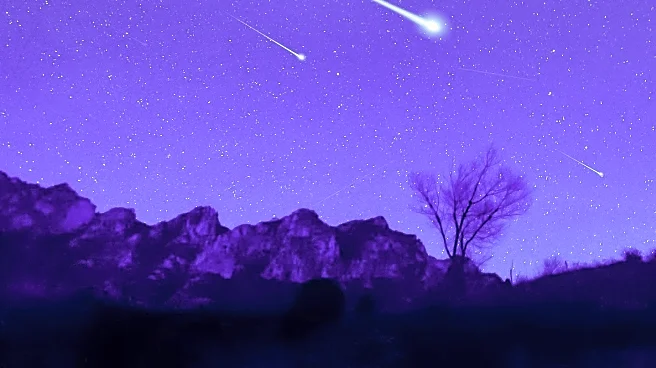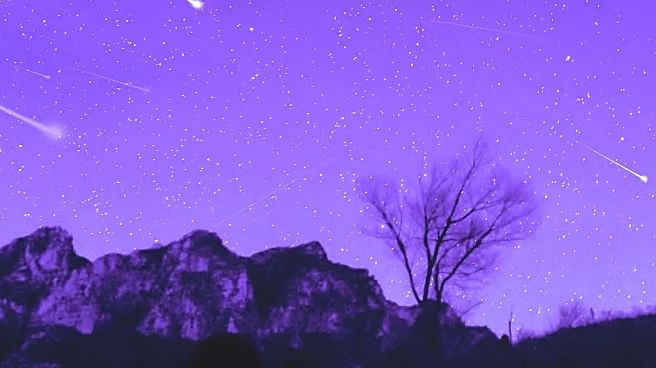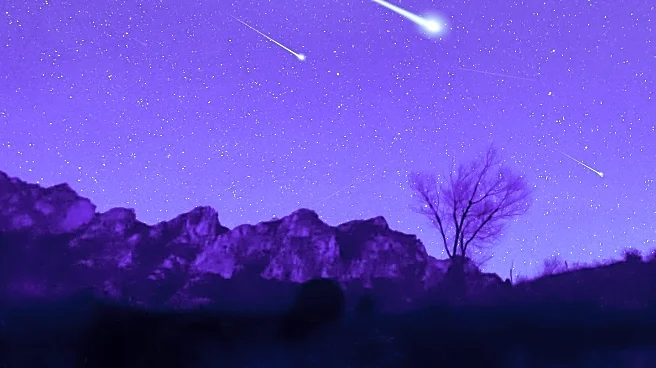Rapid Read • 7 min read
The Perseid Meteor Shower, an annual astronomical event, is set to peak around August 12 and 13, according to the American Meteor Society. This meteor shower occurs when Earth crosses the dust cloud of the comet Swift-Tuttle, resulting in dozens of meteors visible per hour. Known for its fireballs, the Perseids offer larger explosions of light and color, emerging from larger particles of cometary material. However, this year's visibility may be compromised by the moon, which will be 84% full, potentially reducing meteor visibility by 75%. The Perseids are best viewed in the Northern Hemisphere before dawn, with optimal viewing conditions in dark sky areas with minimal light pollution.
AD
The Perseid Meteor Shower is a significant event for both amateur and professional astronomers, offering a spectacular natural display. It provides an opportunity for public engagement with astronomy, encouraging people to explore and appreciate the night sky. The event also highlights the importance of preserving dark sky areas, which are increasingly threatened by light pollution. For the scientific community, meteor showers like the Perseids offer valuable data on cometary material and the solar system's dynamics. The event's visibility challenges due to moonlight underscore the delicate balance of natural conditions required for optimal astronomical observations.
As the Perseid Meteor Shower peaks, astronomers and enthusiasts will continue to monitor and document the event, contributing to ongoing research on meteors and comets. Public interest in astronomy may lead to increased participation in related events and activities. The challenges posed by moonlight this year may prompt discussions on how to mitigate such issues in future observations. Additionally, the event may inspire further efforts to protect dark sky areas from light pollution, ensuring that such celestial events remain accessible to future generations.
AD
More Stories You Might Enjoy











